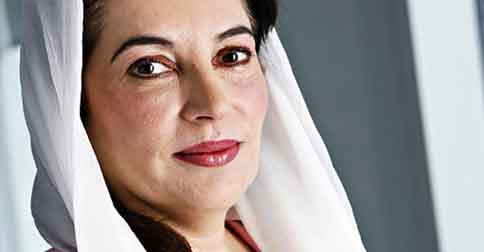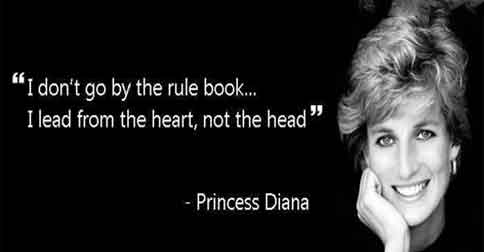Benazir Bhutto
Benazir Bhutto (21 June 1953 – 27 December 2007 was the little girl of a previous leader Zulfikar Ali Bhutto. After passing her A-Levels, she went to Oxford University, to examine Law at Lady Margaret Hall School. In the wake of completing at Oxford, she came back to Pakistan where she ended up noticeably entangled in Pakistani legislative issues. Her folks were rivals of the military monocracy keep running by General Zia-ul-Haq. In the late spring of 1979, they were set under house arrest and faced challenges. In 1984, she was discharged from house capture and started crusading for a rebuilding of majority rules system.
Soon Benazir turned into the primary ladies to lead a political gathering Pakistan People's Front (PPF) and after the demise of General Zia-ul-Haq, Pakistan moved towards its first vote based decisions in over 10 years. Bhutto and her gathering won the biggest level of seats and could frame a coalition government. She was confirmed as Prime Minister without precedent for 1988 at 35 years old. Be that as it may, under the requests of President Ghulam Ishaq Khan she was expelled from office 20 months after the fact for affirmed defilement. In 1993 she was re-chosen yet was again expelled in 1996 on comparable charges, this time by President Farooq Leghari.

As a head administrator, she was regularly alluded to as the "Iron Lady" for her uncompromising way to deal with consulting with unions. She sought after different free market financial approaches, for example, deregulation, adaptable work markets, and privatization. Notwithstanding, rising joblessness and swelling (stagflation) made her financial strategies disliked. Subsequent to yielding annihilation in the 1997 decisions, and being inundated in debasement outrages, she went into a purposeful outcast in Dubai in 1998.
After nine years, in 2007, Bhutto came back to Pakistan subsequent to being guaranteed by President Musharraf that she would be conceded amnesty from any debasement allegations. While battling for the PPF in the up and coming 2008 decisions, she was killed on 27 December 2007, in Rawalpindi. She was later named one of seven champs of the United Nations Prize in the Field of Human Rights.
Princess Diana

Diana (1961-1997) was a bashful 20-year-old lady when she became closed to Prince Charles and got engaged and was pushed into the media spotlight. Through her marriage to Prince Charles, she went along with a standout amongst the most well known families on the planet and turned into an object of extreme media intrigue. Diana's own challenges are very much reported. Diana had a true and bona fide enthusiasm for other individuals. Her heart of sensitivity extended to many individuals, in whatever circumstance they were in.
She regularly invested energy going to the homeless, or at death's door patients in different hospices. It is said by some healing facility staff that, Diana would visit at night sometime, aside from the glare of the media. When she met patients they reacted emphatically to her. Princess Diana had an extraordinary ability to get on with individuals, whatever their societal position was. Companions and medical attendants tell how she had extremely constructive life vitality, which was irresistible in its ability to inspire individuals.Winter study abroad programs in China
No comments:
Post a Comment